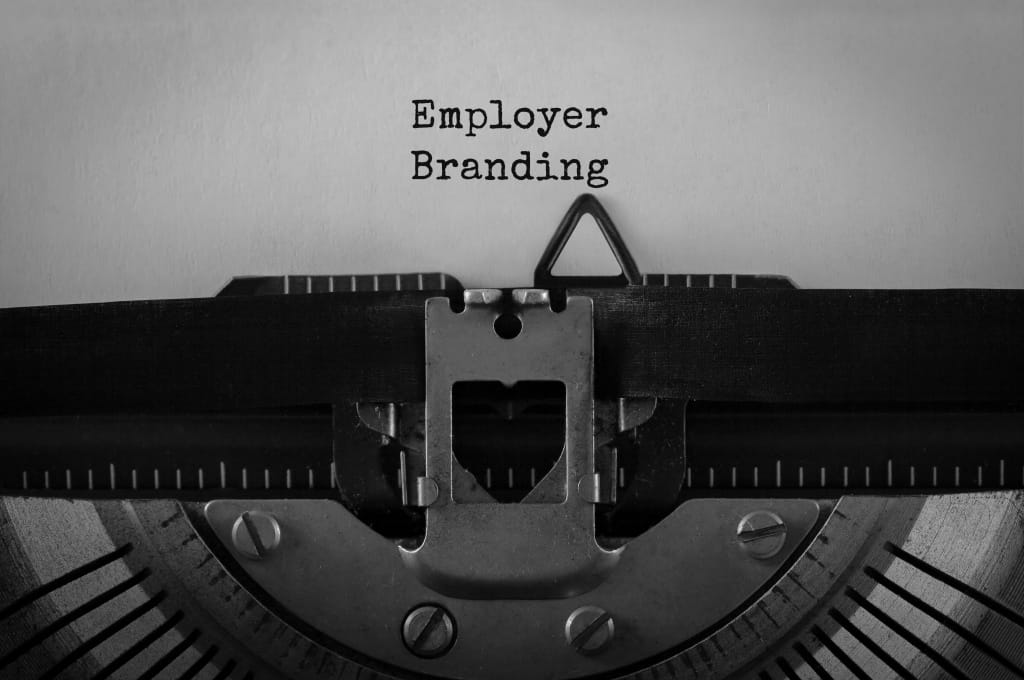I’ve deliberately positioned this piece around how to define an employer brand, rather than how to create one. Largely because you don’t create an employer brand, rather you understand, define, then articulate the authentic employment experience your organisation provides its employee base.
Your employer brand has to be real, not a creation. Stray too far from what’s genuine and your current people will be rolling their eyes and the external audiences attracted by your fantasy employer brand will be joining an organisation that bears little resemblance to reality.
And, fundamentally, you can’t create an employer brand because you already have one. Whether you like it or not. What you can do is shape how it lands, address misunderstandings and influence how it develops.
I’ve been lucky enough to be involved in the development of a wide number of EVP and employer branding projects over the last 15 years. I’ve worked domestically, across Europe and further afield getting up close and personal with both internal audiences and external candidate audiences, on projects for the likes of Unilever, Santander, the University of Sheffield, Sainsburys, Tesco Bank and Dyson.
Here’s what I’ve learned:
Who’s involved? Get an integrated team of stakeholders together for the project. Marketing are a key part of this. They need to be there from the get-go. Don’t tell them ten minutes before you launch and be surprised by their reaction. They can contribute a lot. Get a senior stakeholder on board too. Even, frankly, if they’re just there to endorse it. To get traction, the project needs to feel like it has clout. And it deserves to have just that.
Involve your talent pools. You could just make the whole thing up based on a little cunning guesswork. Think it will be convincing, authentic and compelling? Think again. Engage your people, talk to them, listen to them. They will want to be part of the project, part of the solution. They like to be heard. It probably doesn’t happen enough right now.
Talk to your senior stakeholders. You’re not recruiting for today, but for the future – senior leaders are busy constructing that future. Get in front of them. They like to be heard too. If you’ve got the time, talk to external audiences. What do they think of you? Do they think of you? Are they queueing up to join? Or would they cross the career road to avoid you? Best to know.
How long will it take? Hard to say exactly. It will depend on whether you’re picking up on an EVP developed three or four years ago or starting from scratch. Factor in too whether yours is a domestic business or one with operations all over the world. How many different talent pools do you have to engage with? How effective are internal communication channels? Not very helpful, I know. So, let’s say between two and six months.
Why are you doing this? Why wouldn’t you be doing this? Delivering a great employer brand increases talent pools, reduces salary premiums, positively influences productivity and helps retention. Too good to be true? A major LinkedIn study from last year reported that 83% of organisations felt their EVP better facilitates their ability to hire top talent. In 2018, there’s no shortage of metrics pointing to what a difference a compelling EVP can make. So go ahead and make it. Your own career might thank you for it too.
So, what’s the difference between an EVP and an employer brand?
Fair question. Simply put, the research outlined above should help you arrive at what it is that makes your employment offer different and ownable. Will it be 100% different from what other organisations are saying? Nope. But the way you own it and deliver it absolutely should be. So if your EVP is the essence or DNA of your message – the reason people’s careers will benefit from spending time with you – your employer branding is how you take that to market. And that’s any sort of market. Internal, external, offline, online, social, you name it.
Don’t forget to measure the impact you make. You’ll want to know what sort of difference your EVP is making. And you’ll want others to know too. But think about what you’re measuring and why. Reducing premature departures, increasing pipelines, raising external profiles, dealing with competitor activity. All good. But what’s going to matter to you and your organisation right now?
And how long does my EVP remain valid? Tough one. It’s going to be influenced by a range of variables. How quickly is your market and industry sector evolving? How fast is your organisation changing? What about your labour markets? And your competitors? You can only really tell by measuring. By ensuring that your EVP 18 months, two, three years down the line remains fit for purpose, relevant, compelling, interesting. You’ll definitely want to change the way you creatively articulate your EVP within that timescale but not necessarily the EVP itself.
Key question – one EVP for the whole organisation or one for each talent pool or location? Another toughie. Come up with an EVP that works for everyone and his uncle, chances are it will feel a little vanilla. Come up with too many variations and you have confusion and dilution. For me, one EVP with enough breathing room to work for different audiences, but which all share the same DNA, is where you should be headed.
Could you do all this yourself? Some of it, definitely. I’d say – but then I would, wouldn’t I? – that you need an objective third party to help with the research. And you’ll definitely need a creative agency to breathe life into your EVP.
I’m hoping that this blog will answer some of your questions as well as inspire the confidence and passion you’ll need for the journey.






